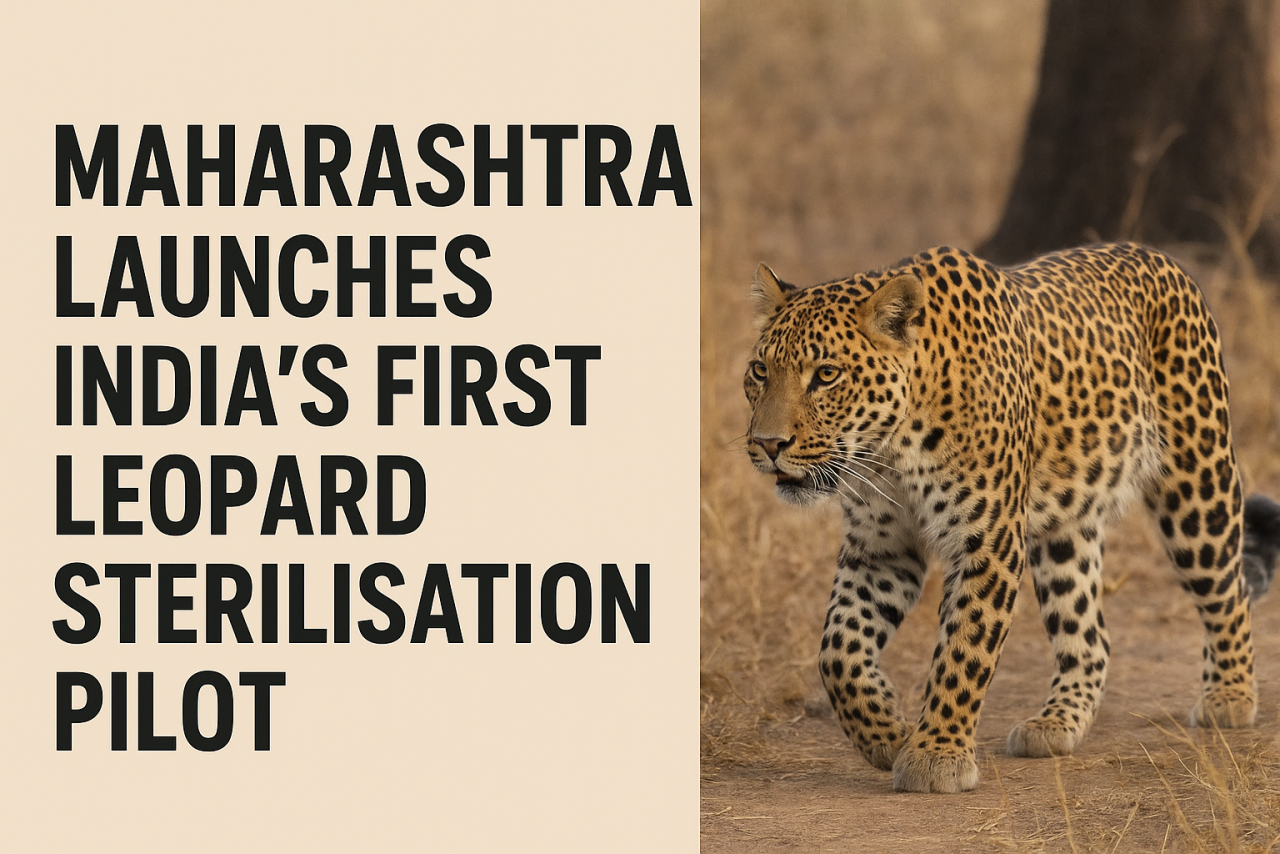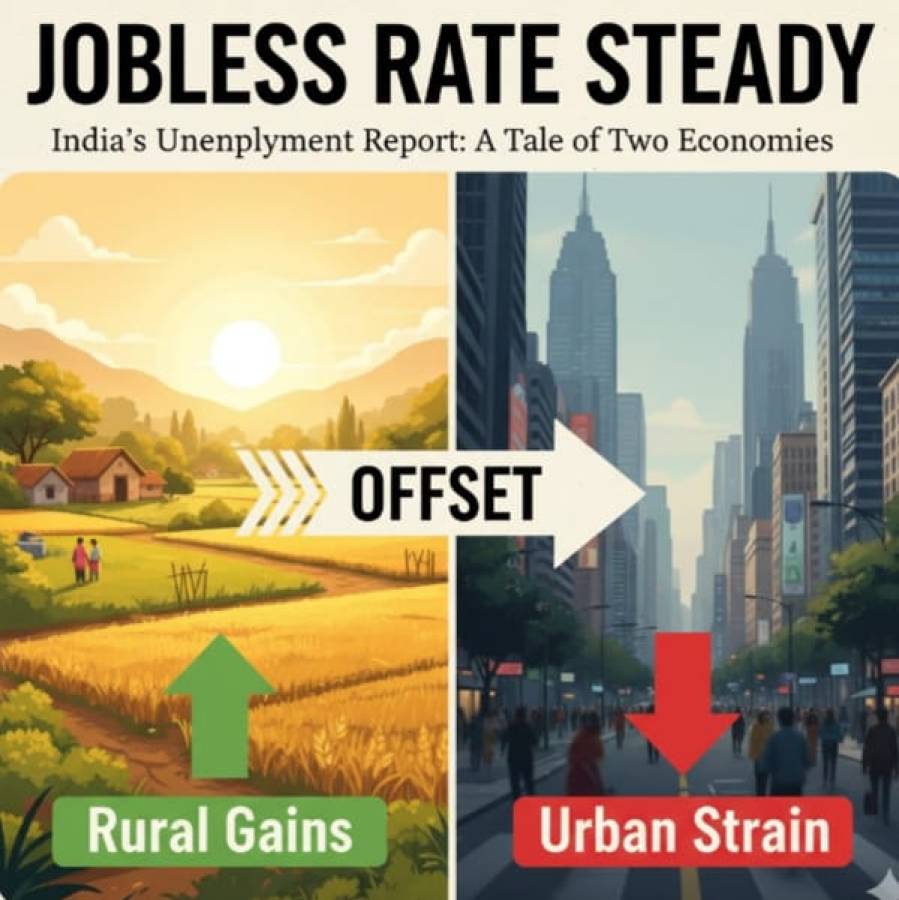
Jaisalmer, Rajasthan — April 2, 2025: In a historic breakthrough for avian conservation in India, three Great Indian Bustard (GIB) chicks were successfully hatched on the same day at the Sudasari Conservation Breeding Centre in Rajasthan’s Desert National Park. This rare and heartening event has infused fresh hope into the ambitious project aimed at saving one of the most critically endangered bird species in the world.
The chicks, born from female birds named Aman, Tony, and Rewa, mark a significant milestone under India’s intensive conservation initiative called Project GIB. This unique project is led by the Wildlife Institute of India and supported by the Rajasthan Forest Department and The Corbett Foundation. The GIB, once found in large numbers across India’s dry grasslands, has seen its population dwindle to dangerously low levels due to habitat loss, poaching, and infrastructure development.
Unprecedented Success in a Single Day
What makes this event particularly remarkable is that never before have three GIB chicks hatched in a single day. Conservationists describe this as a “turning point” in captive breeding efforts. These new hatchlings bring the total number of chicks born within a month to six—two born earlier on March 8 and 9, and another on March 28.
“This success is the result of precise artificial incubation methods and dedicated round-the-clock monitoring,” said Brijmohan Gupta, Divisional Forest Officer at Desert National Park. “Every chick that hatches represents a small victory in our race against extinction.”
How the Captive Breeding Program Works
Launched in 2019, the captive breeding program involves collecting eggs laid by wild GIBs in semi-natural enclosures. These eggs are carefully incubated in controlled environments that replicate natural conditions as closely as possible. Once hatched, the chicks are nurtured under vigilant supervision by trained staff to ensure their healthy growth.
As of now, a total of 26 Great Indian Bustard chicks have hatched since the program’s inception. Of these, 22 are currently being reared at the Sam Breeding Centre in Jaisalmer, and 28 at the Ramdevara facility in Pokhran. This brings the current total population in captivity to 50 GIBs, a promising figure considering fewer than 150 are believed to remain in the wild.
Why the Great Indian Bustard Matters
The Great Indian Bustard (Ardeotis nigriceps) is not just one of India’s heaviest flying birds—it is a keystone species of the Thar Desert ecosystem. Once widespread across the Indian subcontinent, today it is classified as Critically Endangered by the International Union for Conservation of Nature (IUCN). The primary threats include power line collisions, agricultural expansion, and habitat degradation.
Standing nearly a meter tall and weighing up to 15 kg, the GIB is also one of the most visually striking birds, with its long legs, bare head, and elegant neck frill. It is the State Bird of Rajasthan and a flagship species for grassland conservation in India.
The Road Ahead: Hope and Challenges
While the recent hatching of these chicks is cause for celebration, experts warn that much work lies ahead. The ultimate goal of Project GIB is to reintroduce a viable and genetically diverse population of these birds back into their natural habitat. For that to happen, threats like high-voltage power lines and habitat fragmentation must be addressed urgently.
The Ministry of Environment, Forest and Climate Change has already taken steps by undergrounding power lines in some critical areas and expanding protected zones. However, conservationists believe that coordinated action involving local communities, government agencies, and NGOs is essential to ensure the GIB’s survival.
A New Beginning
The birth of three Great Indian Bustard chicks on a single day is not just a conservation success—it is a symbol of resilience and hope in the face of extinction. As awareness grows and conservation efforts scale up, India may yet succeed in saving its iconic desert sentinel from vanishing forever.
For those interested in wildlife conservation, sustainable development, and preserving India’s rich biodiversity, this story is a reminder that determined action backed by science can yield extraordinary results—even when the odds seem overwhelming.





















